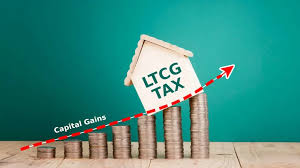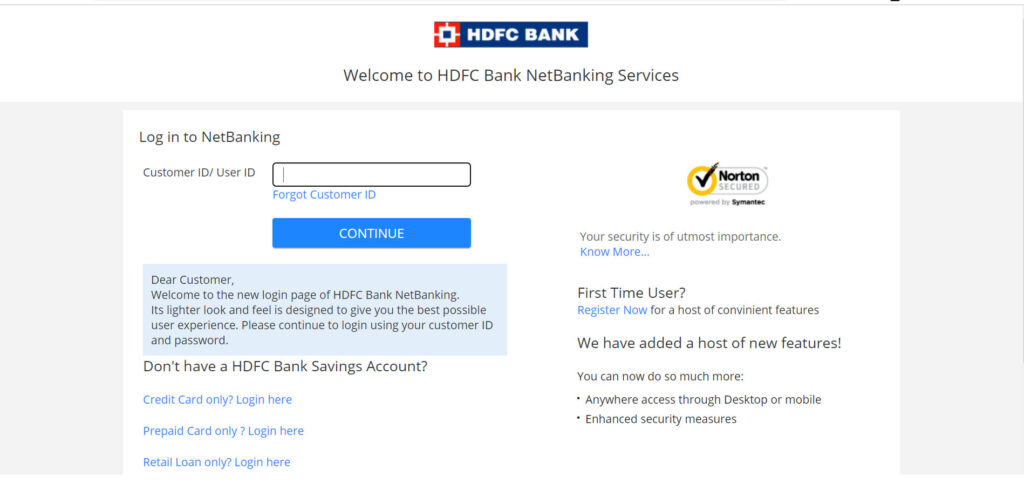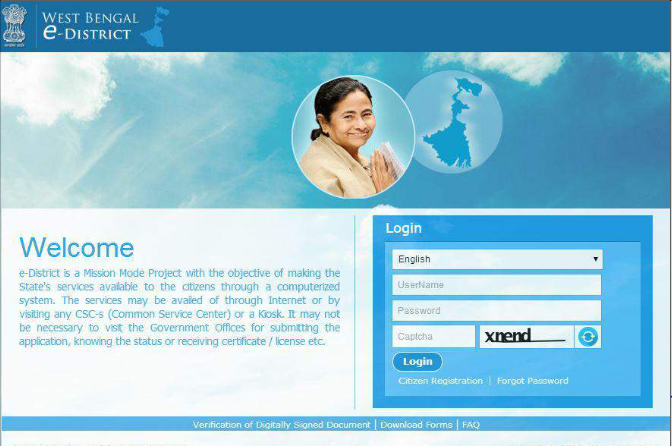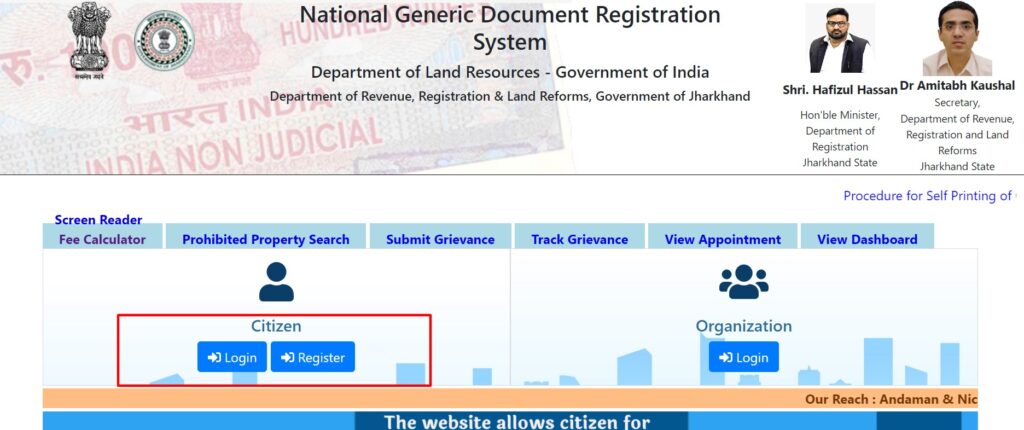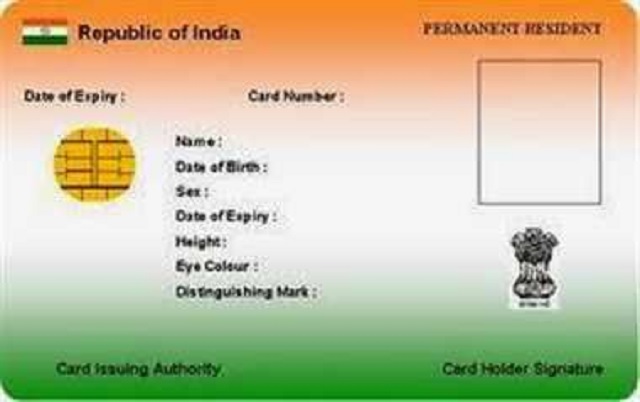What words are not allowed to be used for the company
The Ministry of Corporate Affairs (MCA) must first approve the name of the new entity before it can be used to establish a company or LLP (Limited Liability Partnership) in India. Companies/LLP can suggest a maximum two names in Name reservation form out of which one name is approved by the Central Registration Center (CRC). The promoter […]


